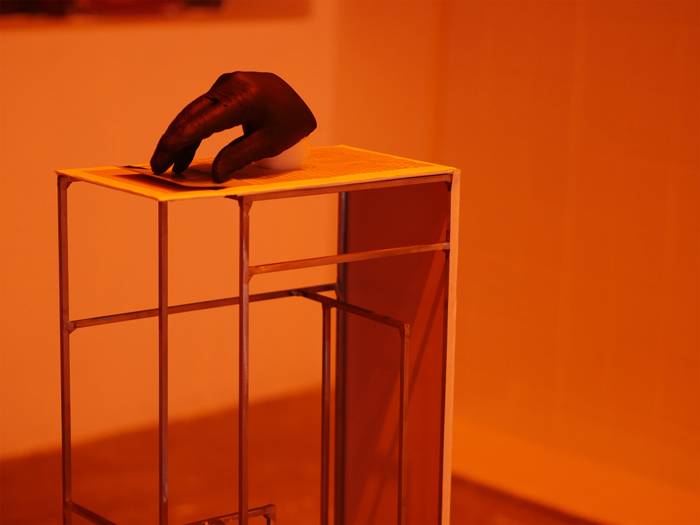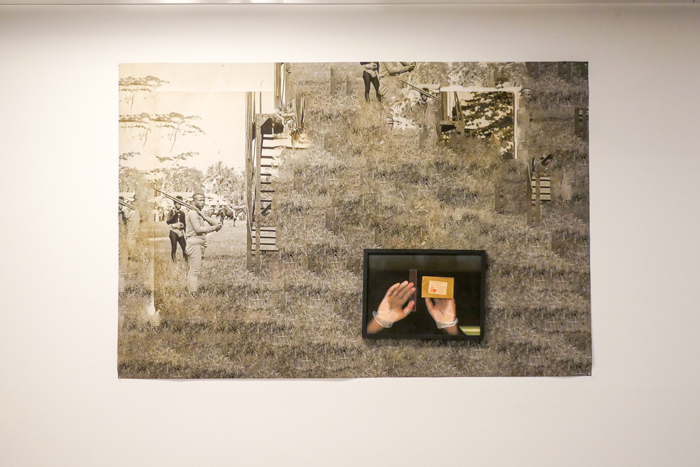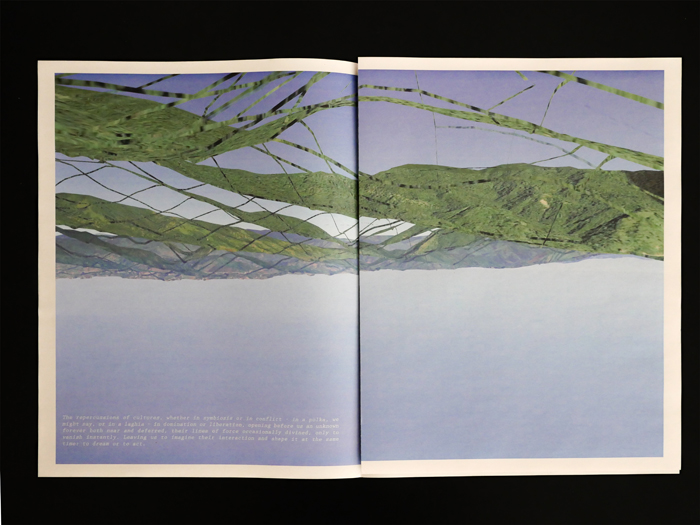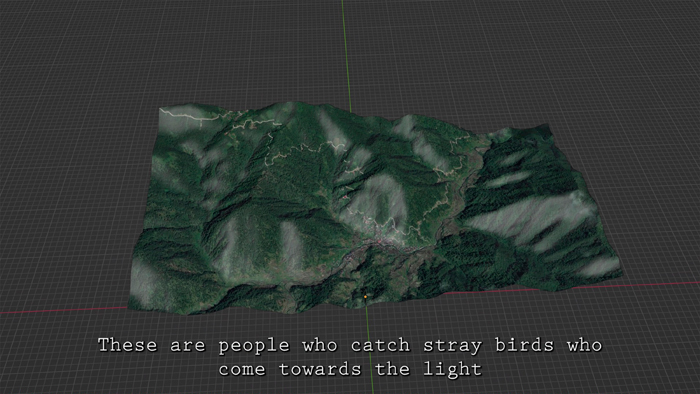Phoenix-based artist alejandro t. acierto’s work explores nodes of digital culture, neoimperialism, genealogies of image-making practices, and the de- and re-contextualization of Indigenous cultural artifacts.

The installations and lens-based performances of the self-identified queer artist and musician of color alejandro t. acierto use historical and archival ephemera, video, and photographs to illuminate the history of U.S. imperialism in the Philippines. In his installation Strategies for the Evasion of Capture (2022), acierto ponders the “pugo” bird, whose plumage provides camouflage. Presenting the pugo as a metaphor for evading the injurious surveillance and knowledge production of photographic evidence, the Phoenix-based artist questions what else might hide in plain sight, dodging the vanquishing impulse to capture, identify, and catalogue. Moreover, how might we learn resistance strategies from the pugo as harmful archives of Indigenous subjugation are proliferated, expanded, and accessed online?
Distinguishing acierto’s work, this creative scholarship explores the nodes of digital culture, neoimperialism, genealogies of image-making practices, and the de- and re-contextualization of Indigenous cultural artifacts. In 2018, acierto launched the Archive of Constraint through the purchase of postcards and photographs depicting violence against Indigenous bodies. The Archive also plays a role in acierto’s project These Matters of Possession (2020-ongoing), in which he removes “jpegs of abjection,” stripped of their historical significance, to promote “data healing through removal and recontextualization.”
In Content-Aware (2021), acierto references a process in Adobe Photoshop that helps him erase an execution in the foreground of a photograph and replace it with grass generated by content-aware AI. The result forces us to contend with the peripheral information of this execution: the armed military attendant, who seems to accept accountability as he brazenly stares directly into the camera, and the timber structure of the gallows.
The hands in Content-Aware belong to the fictional archivist, Emiliano Silang. Since Silang only appears to us from the wrist down, acierto emblematizes Silang’s ghostly presence in Study Table 2 (2023) with a plaster-cast sculpture of the archivist’s gloved hand.
The installations additionally exhibit the archivist’s furniture—his bookshelf, the chair he sits in, the desk he studies at, among other things—disrupting our conventional understanding of the restricted, innocuous, and artless space of the archive. To this end, acierto seeks to open up exclusive spaces of discursive production as he takes the annals of a detrimental imperialist past into his—or Silang’s—own hands.
Phoenix, Arizona | alejandroacierto.com | @alejandroacierto








